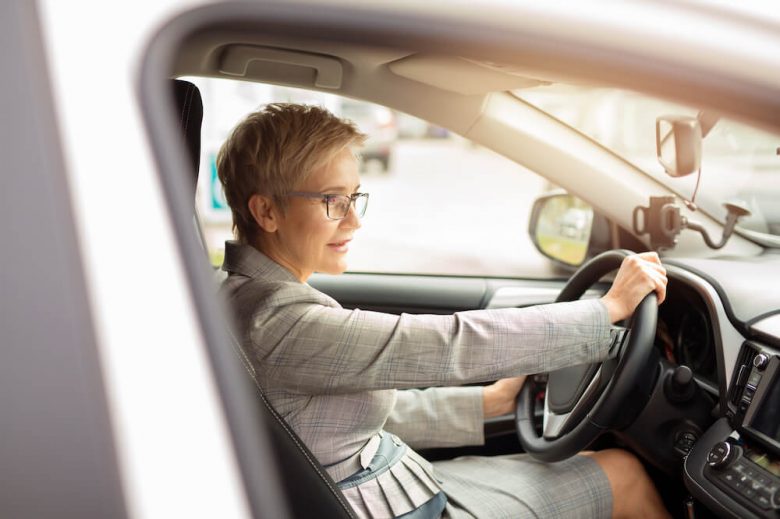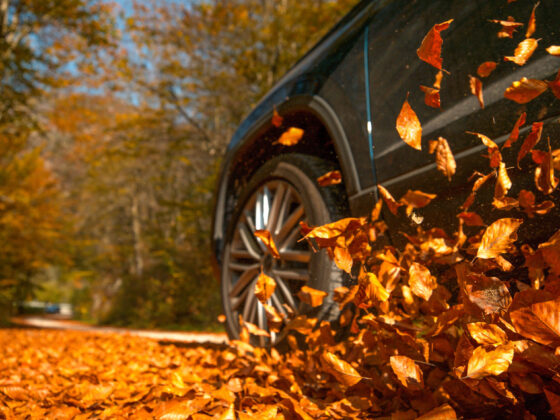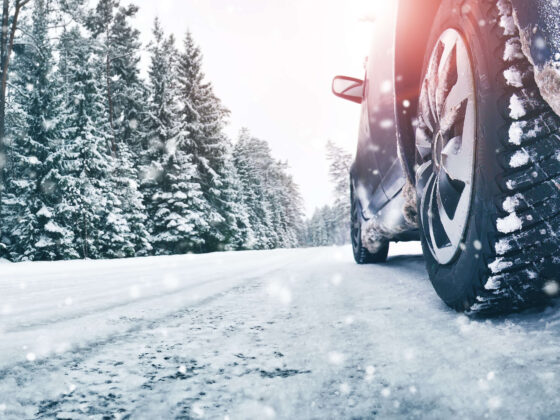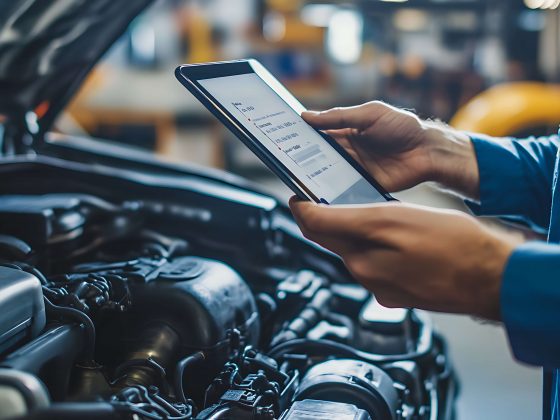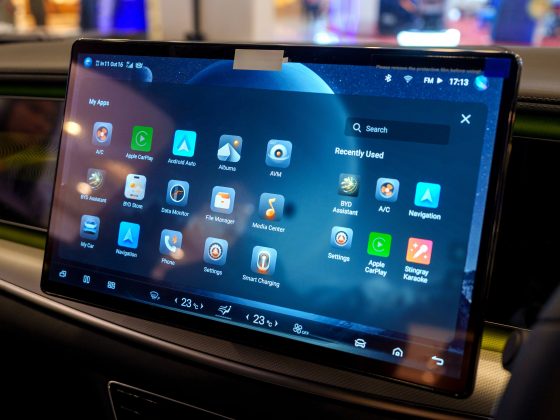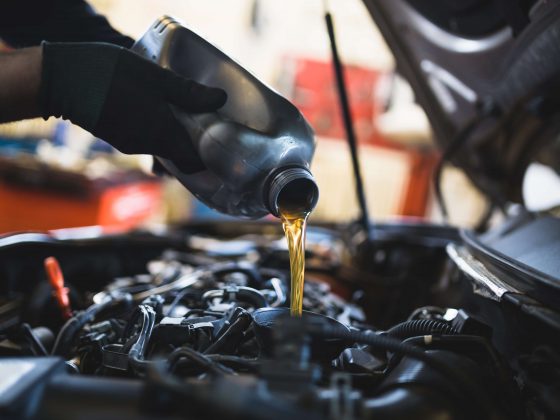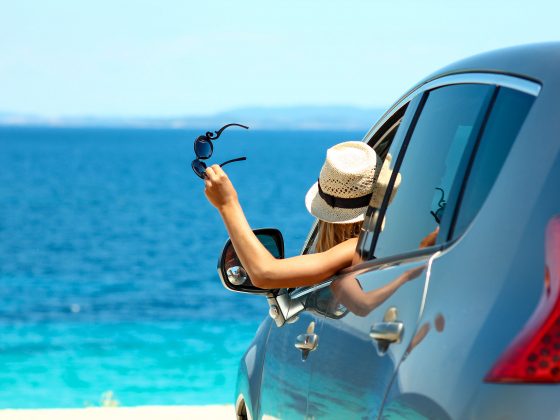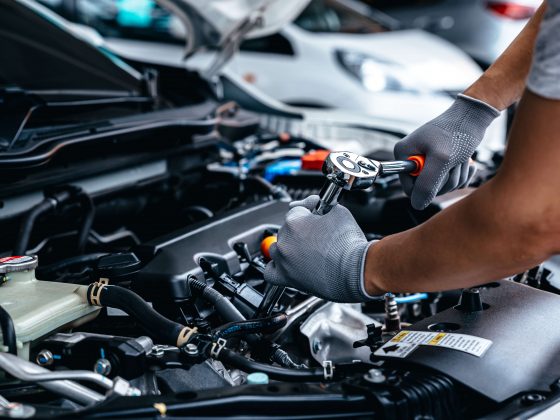Women are known to be safer drivers than their male counterparts. According to the National Highway Safety Administration, men cause about 6.1 million accidents a year, while women cause 4.4 million. Men do drive more though, so they’re likelier to be involved in car crashes.
Use eTags© to Quickly Complete Your DMV Service. Renewals, Title Transfers and More, All Online!
Men also tend to engage in riskier behaviors such as driving under the influence or not buckling up. In fact, FBI data from 2019 shows that men accounted for about 81% of people arrested for drunk driving, compared to 19% of women.
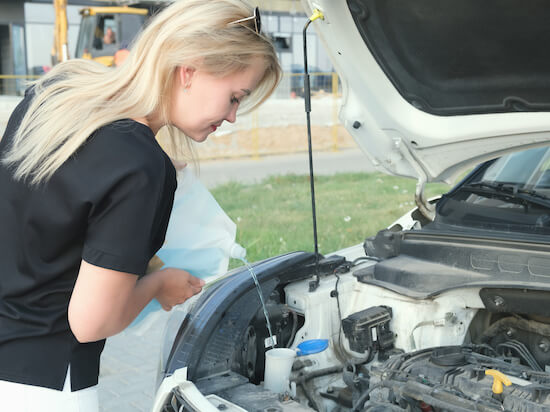
But even if women are safer drivers, they still tend to deal with more dangers on the road. The list of (potential) troublesome situations are long: sudden car breakdown, being followed, parking lot hazards, nighttime driving, bad weather, rideshare risks, and more. Any of these can become life-threatening in bad neighborhoods, isolated areas, or locations you’ve never been in before. So what can you do to stay as safe as possible while driving?
Be proactive and consistent with car maintenance
It’s important to control the things you can, like ensuring your vehicle is in good working order. Regular inspection, oil changes, tire pressure and thread checkups, fluid and coolant levels and the like. Check your wiper blades too; if you’re caught in a rainstorm and can’t see clearly the consequences can be tragic. Remember to always have your auto insurance paperwork, vehicle registration, and driver’s license with you in case you get into a car accident.
It’s always a good idea to have a small emergency kit with energy bars, water bottle, flashlight, a warm blanket or jacket, and anything else you can think of
Be safe if you call towing
If your car breaks down, you have a flat tire, you got into a car accident, or any other reason you must call roadside assistance, first pull over to a safer area on the road. Try to get away from traffic and other motorists, including bikers and cyclists. Once you’re safe, take notice of your surroundings to best describe where you are. If there’s a landmark next to you, make note of it too.
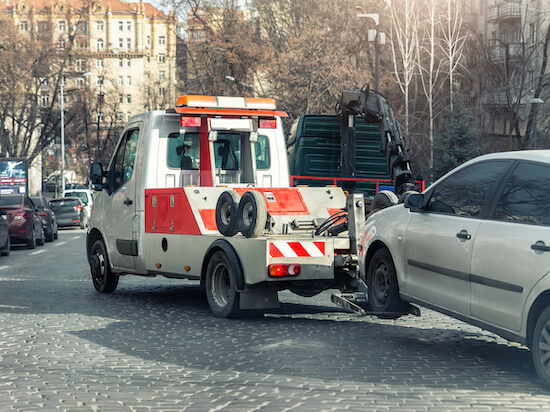
Call a reputable towing company and let them know what happened. Ask who they’re sending and when you could expect them. Call a friend or family member to let them know what happened and where you are for extra safety measures. Lock your doors and wait for help.
SEE ALSO: DRIVING SAFETY FOR NIGHTTIME DRIVERS
Before heading out on longer drives, share with a person or two where you’re going, the road you’re taking including any stops along the way especially if they’re overnight
Master a few skills and self-defense
You learned how to drive, now you can teach yourself how to change a flat tire and how to jump start your vehicle with jump cables. You can have someone you trust show you how to do it, or dive into a few Youtube videos and teach yourself. Self-defense tools also take a bit of know-how for proper use.
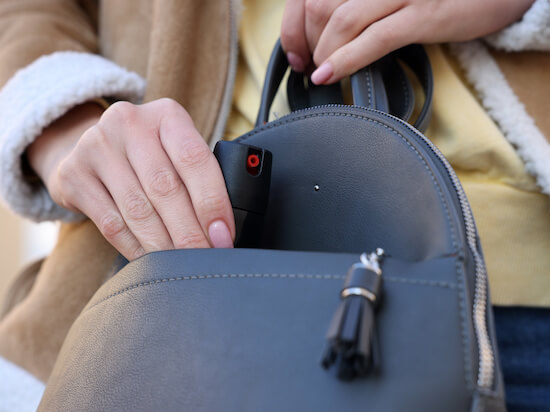
If you choose to carry something like pepper spray or a stun gun, make sure you know how to do it right. Other self-defense tools include personal alarm keychain and safety whistles. Just make sure to check that the one you prefer is legal in your state.
If someone is following you or trying to overtake you, don’t stop driving or get distracted just watch your mirrors, speed up a bit, and change route or head to police station
Parking matters
If you’re parking in an outdoor lot or inside garage, pick a parking spot that’s as lit as possible. Park as close as you can to where you’re headed, be it an elevator or a building entrance. Take a picture of the spot you’re in with markings so you can find your car fast on your way back, limiting your time in the garage. Especially if it’s late at night. Remember, to have your keys ready as you walk back.

Be vigilant when approaching intersections crowded with street vendors, beggars and the like
